Lagers are having a moment.
It’s a beautiful thing, really. Talk to most brewers and they’ll gush about the complexity of a truly great, well-brewed lager. This is in stark contrast to what most people think about the light lagers that are ubiquitous in bars around the United States. However, craft beer lovers are prone to palate fatigue from all the hops and barrel-aging — it just makes sense to drink a clean, crisp, simple beer every once in a while. Take a look at most brewers’ fridges and you’ll notice some form of a cheap macro lager like PBR, Hamm’s, or Old Style on the shelves.
The word lager alludes to the beer’s origins. Coming from the German word lagern, “to store,” it was born of brewers’ experimentations with storing beer in the cold cellars and using bottom-fermenting yeast, as opposed to top-fermenting yeasts featured in ales.
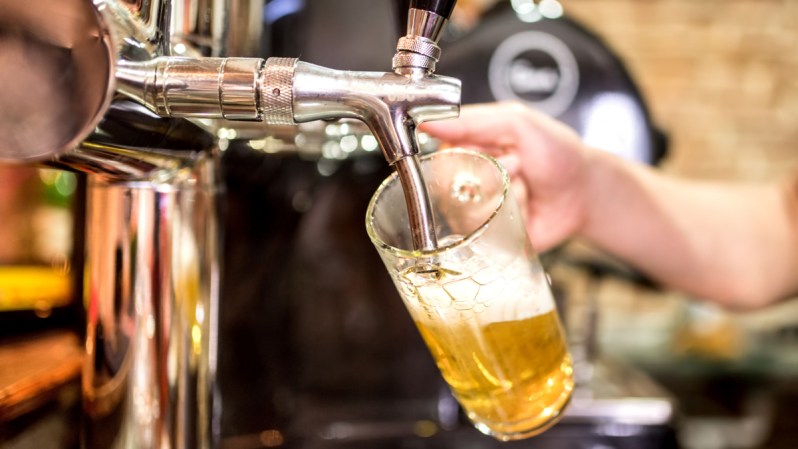
There are plenty of reasons the lager style, which includes pilsners and Helles, has taken a good amount of time to become trendy. For starters, light lagers are generally considered the antagonist of the craft beer story. The reason there are more than 6,000 breweries in the U.S. now is a sort of backlash against macro adjunct lagers made by Miller, Budweiser, and Coors. Light lagers are also incredibly hard to brew; they don’t hide flaws, so many of the options you find in taprooms leave a lot to be desired.
It’s OK to despise the companies’ business practices, but Bud/Miller/Coors products are incredibly well-made and easily accessible to pretty much every drinker. On top of that, some OG craft breweries have been making stellar lagers for a long time, like Victory Brewing’s Prima Pils, Lagunitas Pils, Brooklyn Brewery’s Brooklyn Lager, and, of course, Sam Adams Boston Lager.
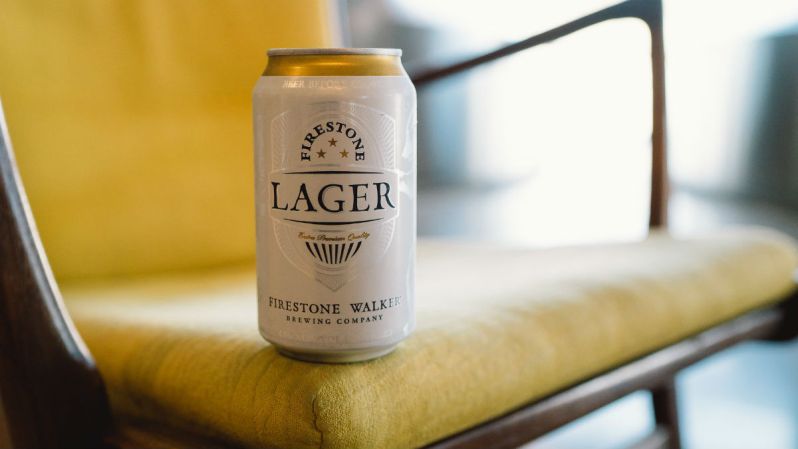
Earlier this year, The Manual took a closer look at two major breweries entering the light lager space: Founders Brewing and Firestone Walker Brewing. With Solid Gold and Firestone Lager, respectively, these craft producers are taking big swings at a huge market segment.
The rest of the industry is deviating a bit from the once-normal array of beer in taprooms — blonde ale, amber ale, pale ale, IPA, stout — and entering the world of full-flavored light lagers. Many are made in true European fashion with all malt, but others follow the pre-Prohibition American tradition with adjuncts like corn and rice (which should not be confused with the well-known, watered-down macro lager style).
Some of these breweries are turning to lagers because people love to drink them and it’s a good bet that they’re going to sell. Others have excess capacity with a growing number of brewers and a slower consumer growth rate. And other just plain love the style and the challenges that come with brewing it.
Let’s meet some of the American craft producers who are killing the lager game.
Austin Beer Garden Brewing
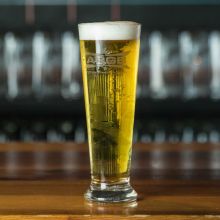
The Texas brewery has been a regular winner at the Great American Beer Festival for its pilsners, first winning gold in 2015 for its American-style, or International-style, pilsner. In the two ensuing years, ABGB has won five medals for its light lager styles.
Pfriem Family Brewers
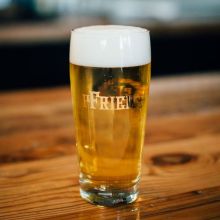
This Oregon brewer makes a lot of beer super well, but its pilsner is a standout. Pfriem also makes a great Vienna lager, Helles lager, hoppy lager, Mexican lager, Kölsch-style beer, Japanese lager, and Oregon lager. That’s quite a lager of bottom-fermenting beer!
No? Alright, we admit that one was a stretch too.
Suarez Family Brewery
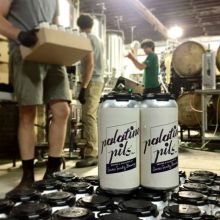
Nestled in the Hudson Valley, this brewery has been the belle of the industry the past year, with its pilsner, Palatine Pils, leading the way. While all the beers are worth gushing over, it’s the pils that’s garnering a lot of attention and what the brewery founders, Dan and Taylor Suarez, want to be “classic.”
Firestone Walker
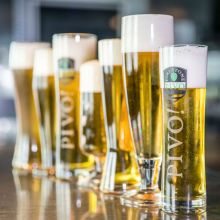
Firestone is certainly one of the best breweries in the nation, even as its grown to be one of the largest. Its full lineup of specialty beers are worth picking up, but it’s the Pivo Pils that is regularly regarded as one of the best examples of American pilsners and for good reason: it’s simply amazing. Firestone even hosts a Pils and Love Festival.


